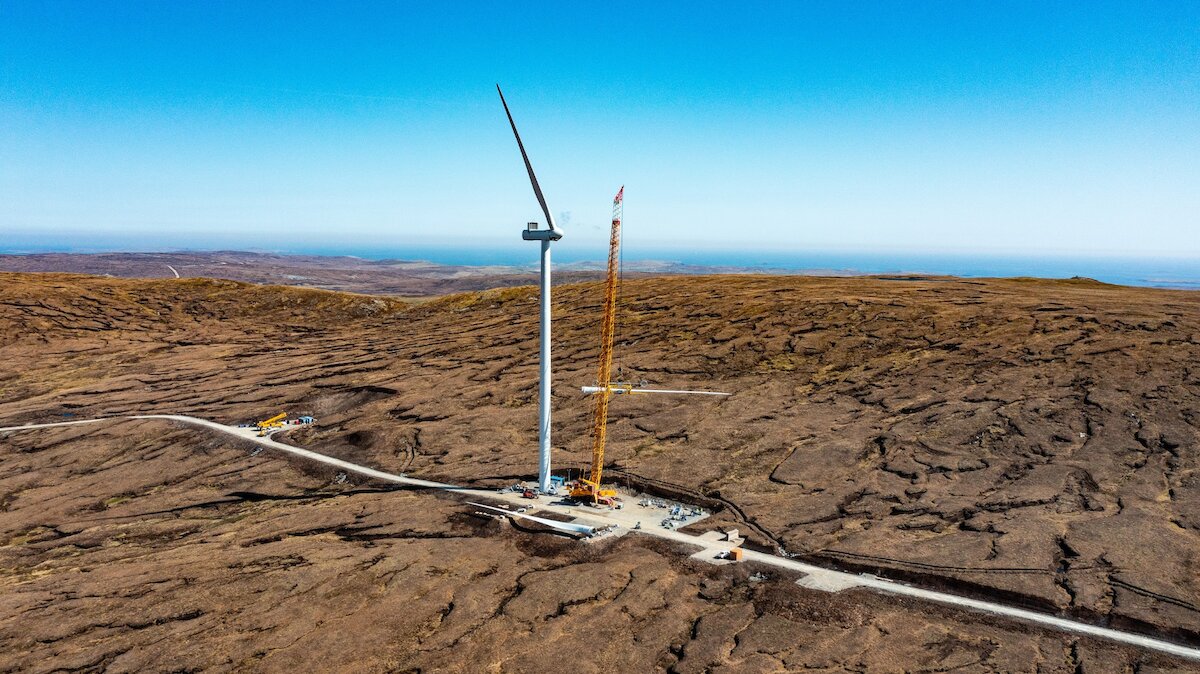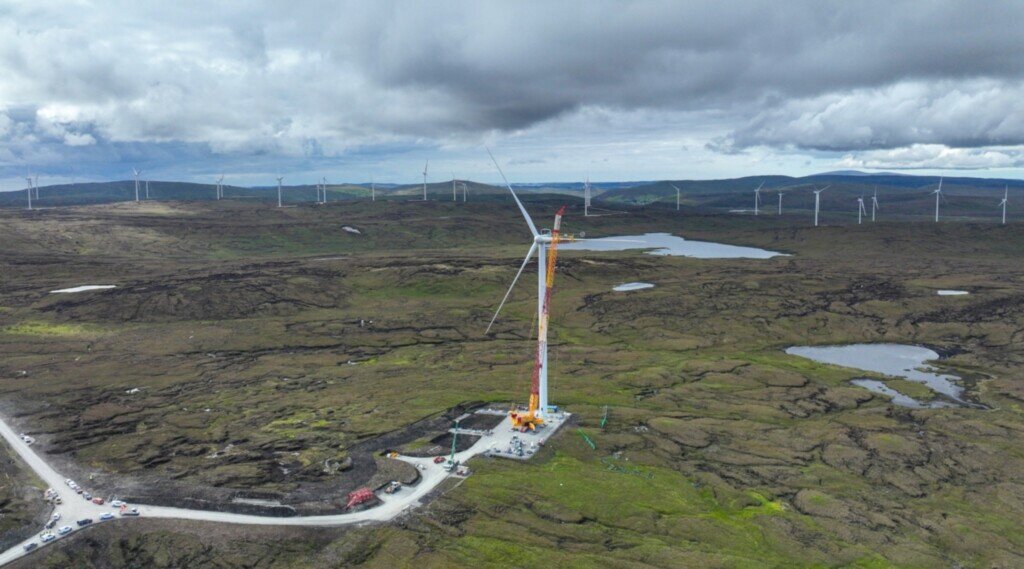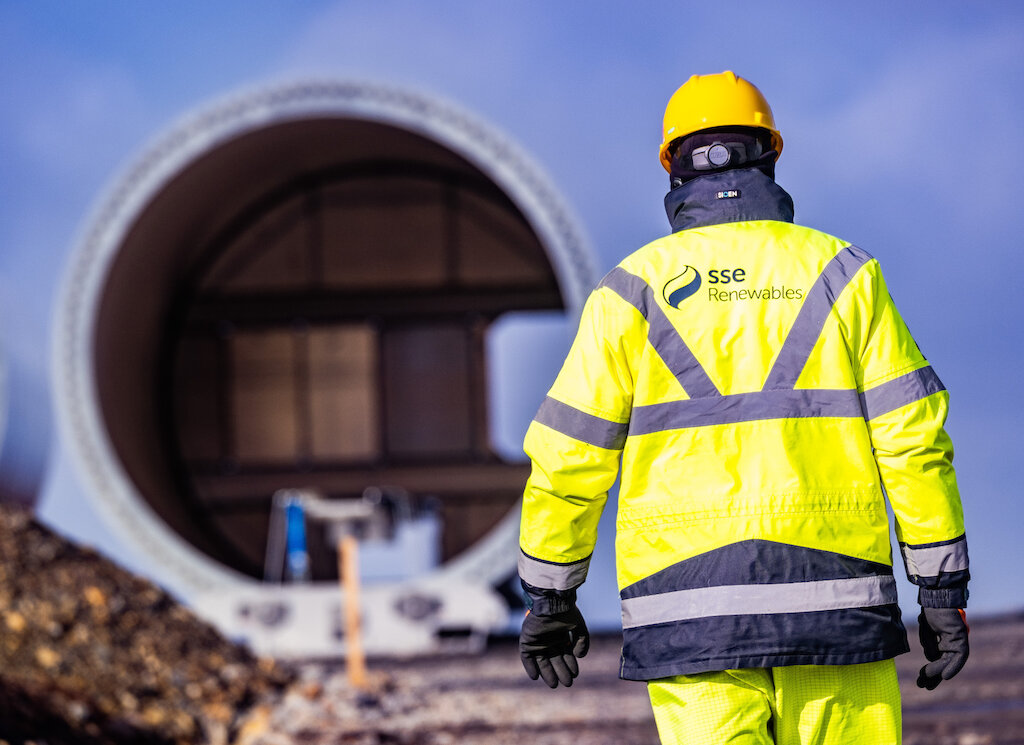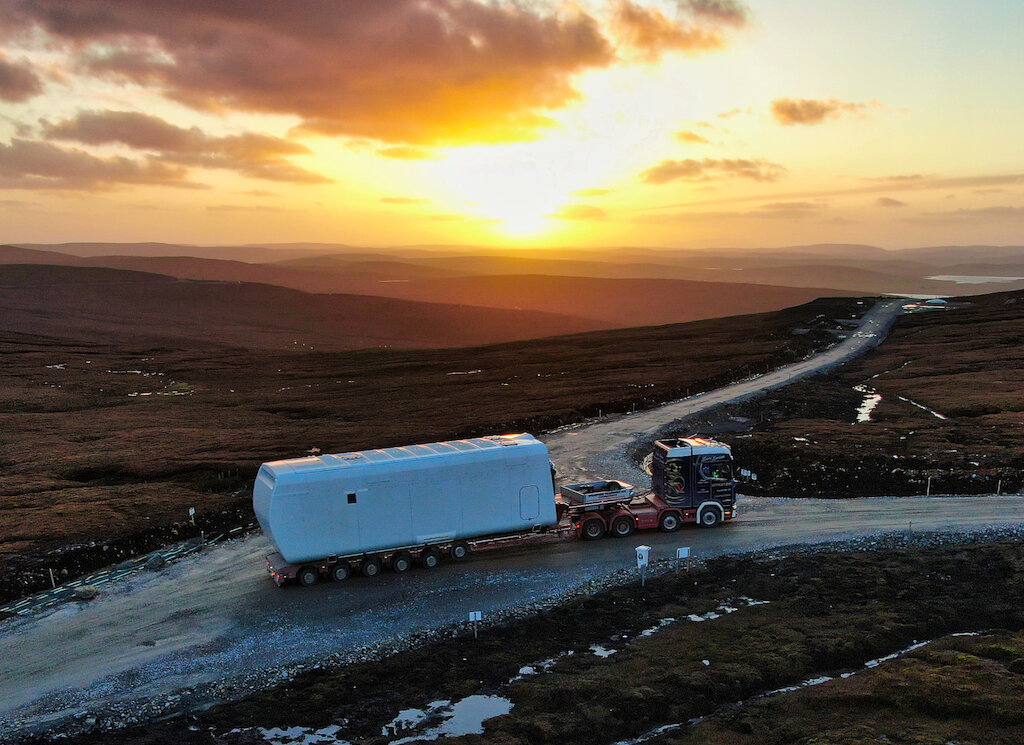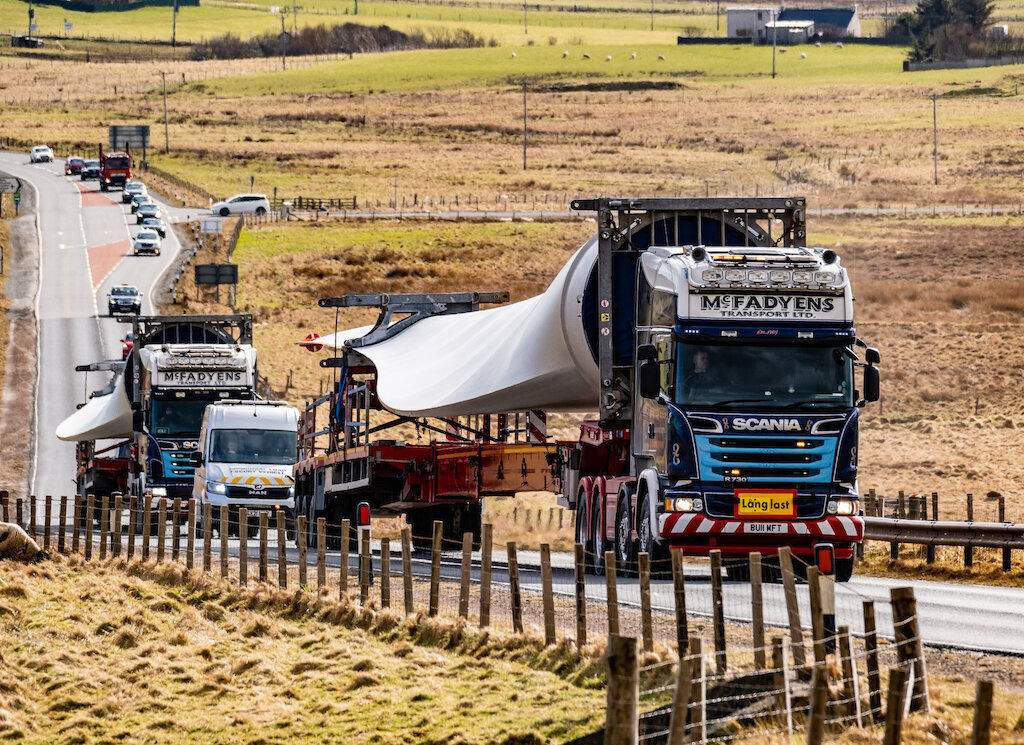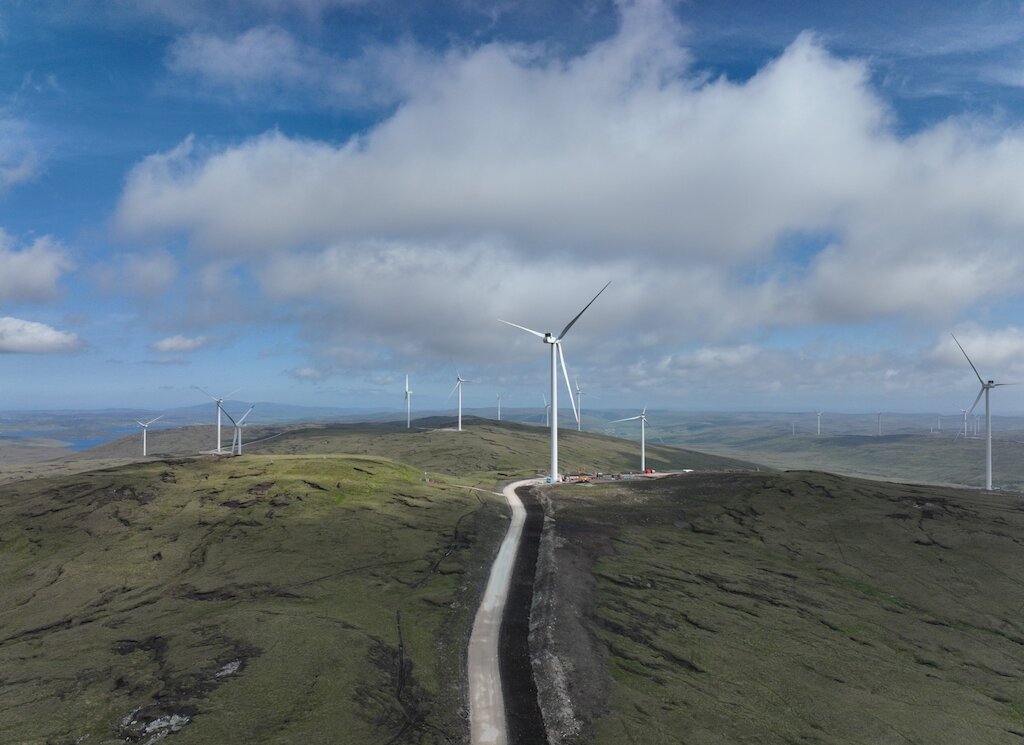With 103 turbines, Viking is one of the UK's largest onshore wind farms.
Viking became fully operational in September 2024, after more than 15 years in development, with 103 wind turbines now installed and an installed capacity of 443MW.
SSE Renewbles (SSER) became the sole owners of the Viking development in 2019, with the project having originally been developed as a joint venture with the Shetland community.
The community maintains representation on the Viking Management Board and will see an annual return throughout the operational lifespan of the wind farm. In addition, the Shetland community will also receive a community benefit fund of around £2.2m annually during the operational phase.

